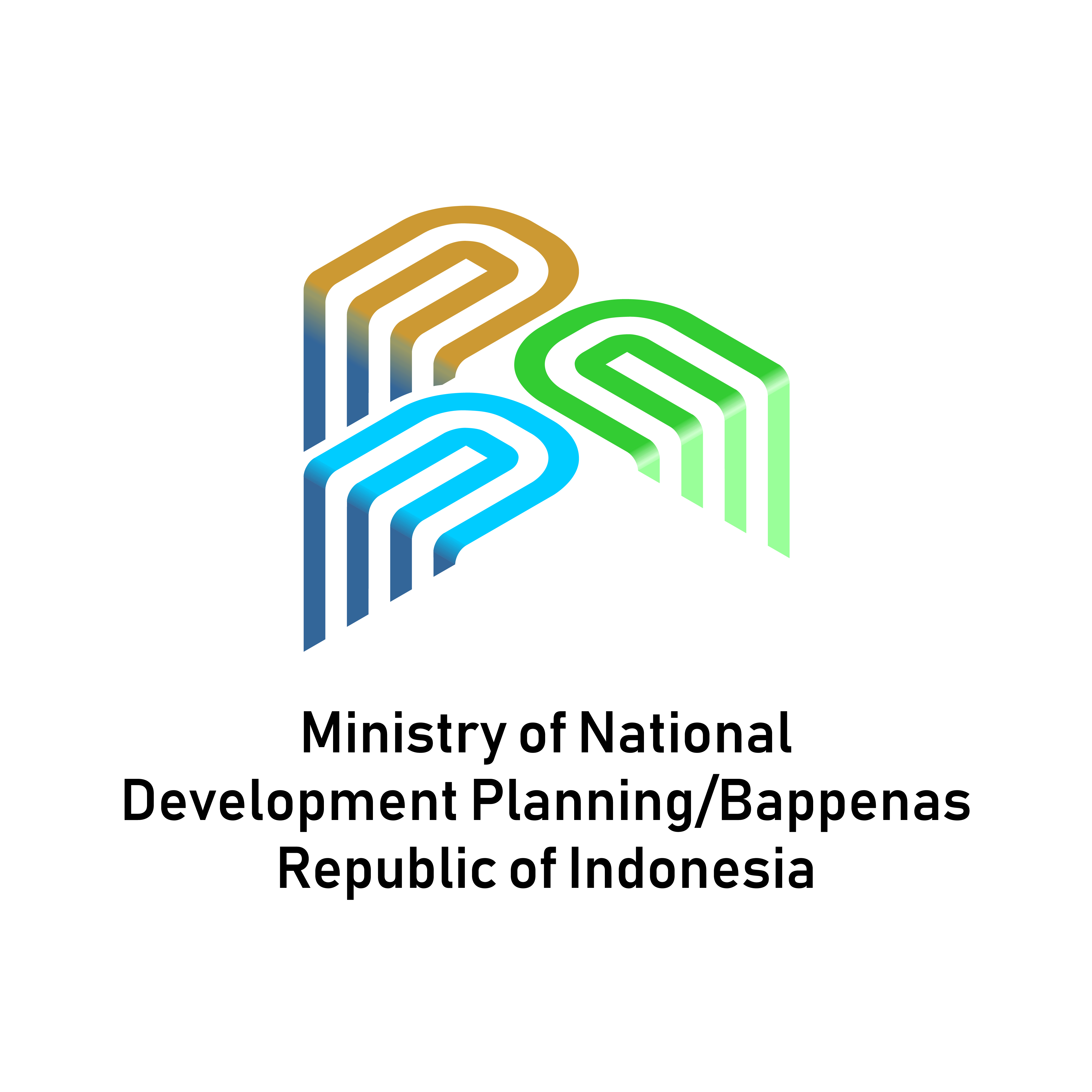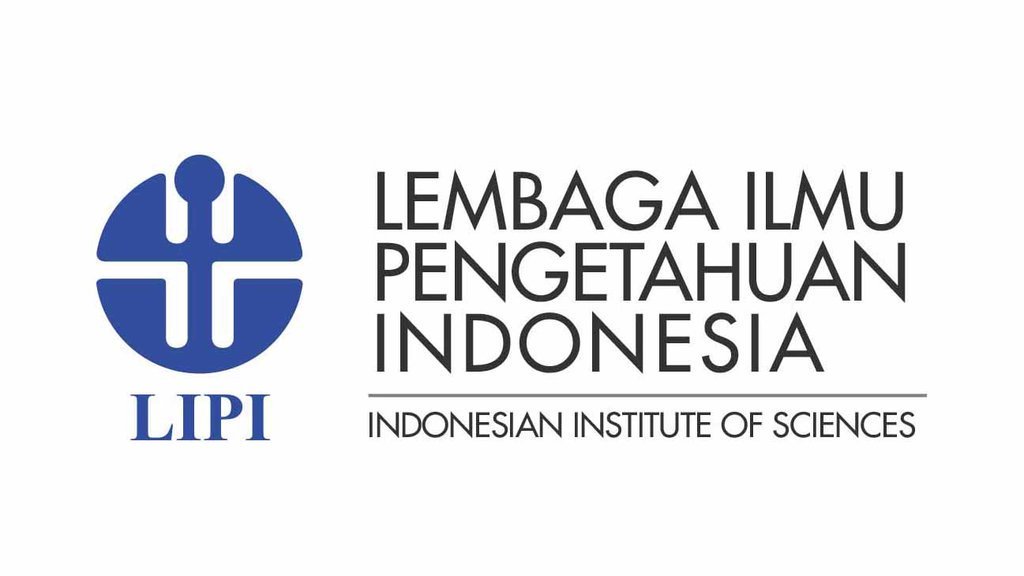Synchronization of Policies and Performance Achievements: Which Should Come First?
DOI:
https://doi.org/10.36574/jpp.v5i1.169Keywords:
synchronization, policies, population controlAbstract
Synchronization of development policies in the field of population and family planning is an issue in the central, provincial and district/city governments as stipulated in Law No. 23/2014. Article 8 paragraph 2 of the Law states that population quantity control is carried out through synchronization of population policies at the national level and regions. Therefore, work programs in the population control at the district/city level are highly varied according to the problem. Family planning promotion, counseling and advocacy are programs in all districts/cities targeting the couples of childbearing age and adolescents. The study of program plan and regulatory documents for the 2019-2024 fiscal year became the basis for focused discussions with various levels of government, namely the central, provincial, regency/city and sub-district level. Targets, strategies, programs and activities which include types, objectives, objectives, coverage and achievements are components to be examined for content, consistency and synchronization. Meanwhile, policy synchronization can be seen from the formulation of work programs. The results of the study show that directly, the provincial work program is linear with the national agenda.
Downloads
References
Central Bureau of Statistics (BPS), the National Family Planning Coordinating Board (BKKBN), the Ministry of Health, and Macro International Inc. (MI). (1991). Indonesian Demographic and Health Survey 2012. Calverton, Maryland, USA: BPS and MI.
Central Bureau of Statistics (BPS), the National Family Planning Coordinating Board (BKKBN), the Ministry of Health, and Macro International Inc. (MI). (1994). Indonesian Demographic and Health Survey 2012. Calverton, Maryland, USA: BPS and MI.
Central Bureau of Statistics (BPS), National Family Planning Coordination Agency (BKKBN), Ministry of Health, and Macro International Inc. (MI). (1997). Indonesian Demographic and Health Survey 2012. Calverton, Maryland, USA: BPS and MI.
Central Bureau of Statistics (BPS), National Family Planning Coordinating Board (BKKBN), Ministry of Health, and Macro International Inc. (MI). (2003). Indonesian Demographic and Health Survey 2002-2003. Jakarta: BPS and MI.
Central Bureau of Statistics (BPS), National Family Planning Coordinating Board (BKKBN), Ministry of Health, and Macro International Inc. (MI). (2007). Indonesia Demographic and Health Survey 2007. Calverton, Maryland, USA: BPS and MI.
Central Bureau of Statistics (BPS), the National Family Planning Coordinating Board (BKKBN), the Ministry of Health, and Macro International Inc. (MI). (2012). Demographic and Health Survey of Indonesia 2012. Calverton, Maryland, USA: BPS and MI.
Central Bureau of Statistics (BPS), the National Family Planning Coordinating Board (BKKBN), the Ministry of Health, and Macro International Inc. (MI). (2017). Indonesia's Demographic and Health Survey 2012. Calverton, Maryland, USA: BPS and MI.
Dunn, William N. (2003). Public Policy Analysis: An Introduction. Englewood Cliff s, NJ: Prentice Hall
Law Number 52 of 2009
Liando, D. M. (2012). Implementasi Kebijakan Pembentukan Daerah Otonom Baru dan Dampaknya Bagi Kualitas Pelayanan Publik. Jurnal Kebijakan & Administrasi Publik, 16 (2), 47–62.
Minister of Home Affairs Regulation Number 54 Year 2010 concerning Implementation of Government Regulation Number 8 Year 2008 concerning Stages, Procedures for Compiling, Controlling, and Evaluating the Implementation of Regional Development Plans. Jakarta, Ministry of Home Affairs.
Nurmandi, A. (2006). Inovasi Organisasi Publik?: Implementasi Knowledge Management Mendorong Inovasi. JKAP (Jurnal Kebijakan Dan Administrasi Publik), 2(2), 133–148. https://doi.org/https://doi.org/10.22146/ jkap.8364.
Sunahwati, Eka., Maarif, Muhammad Syamsul., Sukmawati, Anggraini. (2019). Human Resources Development Policy as a Strategy for Improving Public Organizational Performance. JKAP (Jurnal Kebijakan dan Administrasi Publik), 23 (1), 50–62.
Sukamdi, Joko Pitoyo, A. (2014). Relevance Study of IPBK and HDI. Jakarta: Directorate of Population Control Policy Integration BKKBN.
Suryono, Agus. (2004). Introduction to Development Theory. Malang, UM Press.
Downloads
Published
How to Cite
Issue
Section
License
This is an open-access article distributed under the terms of the Creative Commons Attribution-NonCommercial-ShareAlike 4.0 International License. Copyright © Kementerian PPN/Bappenas RI


















